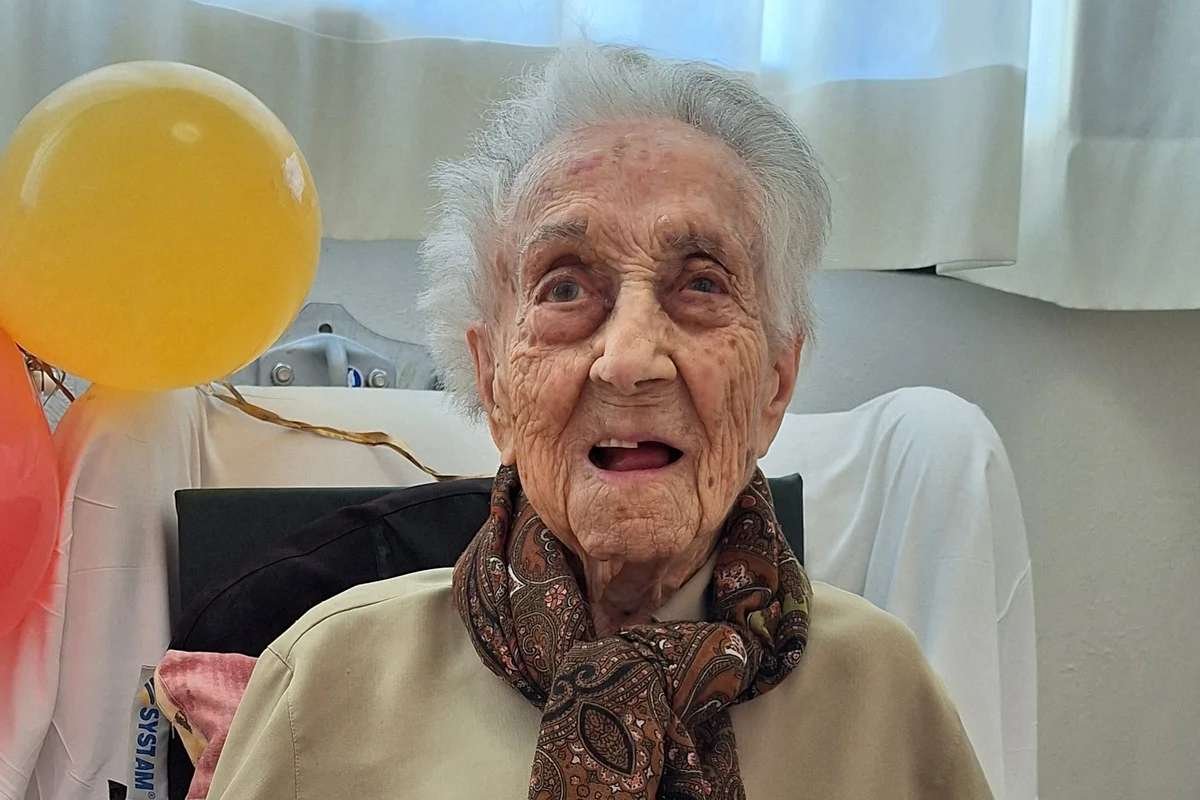Even though facts about heart disease every woman plays a significant part in ensuring the health and well-being of their family, the emphasis is always placed on the family’s health rather than the women’s own health. In addition, today’s society is seeing a shift in habits, which puts more people at risk for developing chronic illnesses.
It should come as no surprise that much of the discussion that surrounds women’s health centers on reproductive health. The health of one’s heart is often overlooked. When compared to the chance of dying from breast cancer, a woman’s risk of dying from heart disease over her lifetime is eight times higher.
The younger population in India is particularly susceptible to cardiovascular disease, which is responsible for one-fifth of all fatalities globally due to cardiovascular disease (WHO). In India, the death toll from cardiovascular illnesses is much greater than the average for the rest of the world. Ischemic heart disease is becoming increasingly common in women at a rate that is far faster than it is in males.
How does heart disease affect women?
Despite advances in education and awareness over the last several decades, just approximately half of all women (56%) are aware that heart disease is the leading cause of death among women.
Find out more information on the risks of heart disease for women:

- Heart disease is the greatest cause of death for women in the United States, accounting for about one in every five fatalities among females.
- In the United States, heart disease is the top cause of death for both African American and white women. Cancer and cardiovascular disease account for nearly the same number of fatalities on an annual basis among American Indian and Alaska Native women. Cancer is the leading cause of mortality among Hispanic and Asian or Pacific Islander women. Facts about heart disease are the second leading cause of death among these women.
- Coronary heart disease, the most prevalent kind of heart disease, affects around one in sixteen women aged 20 and older (6.2% of all women):
- One in sixteen women of all races, including white (6.1%), black (6.5%), and Hispanic (6%),
- Approximately one in every thirty Asian Women (3.2%)
Here are the 10 Facts About Heart Disease Every Woman Should Know;
1. In many regions of India, cardiovascular diseases (also known as CVDs) are the main cause of mortality among women of adult age and a significant contributor to morbidity. There are gender disparities in healthcare for cardiovascular conditions and the results of such treatments in various regions of the globe.
2. Although cardiovascular disease is the facts about heart disease of death for women, just 44 percent of women see it as the most significant risk to their health, despite the fact that it kills more women than all types of cancer combined.
3. Close to 45 percent of women who are 20 years old or older are dealing with some sort of cardiovascular disease.
4. Cardiovascular disease is the leading cause of mortality for mothers who have just given birth; it is responsible for more than one-third of all maternal fatalities.
5. It is estimated that between 10 and 20 percent of pregnant women will experience some sort of health problem. Conditions such as high blood pressure, preeclampsia, and gestational diabetes during pregnancy significantly increase a woman’s risk of developing cardiovascular disease in the years to come in women.
6. Although going through menopause itself does not cause cardiovascular disease, the onset of menopause marks a time in a woman’s middle age when the risk facts about heart disease for cardiovascular disease might begin to increase.
7. The majority of cardiac and stroke events may be avoided with education and changes in lifestyle, such as increasing physical activity, making healthier food choices, and keeping blood pressure under control.
8. Women account for as much as 51.9 percent of all fatalities caused by high blood pressure, sometimes known as hypertension or the “silent killer.”
9. It is estimated that 4.1 million women are surviving today after having survived a stroke; yet, women account for roughly 57.5 percent of all stroke-related fatalities.
10. Bystanders are frequently less willing to provide cardiopulmonary resuscitation to women victims of cardiac arrest because they fear being accused of improper touching, sexual assault, or harming the victim.
Know the symptoms of a heart attack
In comparison to the symptoms that males experience after a heart attack, the symptoms that women experience may encompass a larger range. It is possible for women to suffer the “classic” symptoms of a heart attack, such as pressure in the chest, pain in the chest, or shortness of breath, just as men do.

“But women might also experience symptoms such as back discomfort, mainly on the left side; shoulder pain; a heaviness in the stomach; or nausea as signals of an oncoming heart attack,” Mieres said. “Symptoms such as these can be signs of an impending heart attack.”
Get annual check-ups
According to Mieres, it is important to go in for checkups on a yearly basis so that one may evaluate the risk to their heart health and then take appropriate action. You should be ready for the appointment in the same way that you would get materials together before meeting with a financial consultant.
When it comes to filing your taxes, she said, “You go to your accountant, and you don’t go up empty-handed.” Be ready to share any concerns you may have, including a history of facts about heart disease in your family. “You should avoid taking a passive stance. You really need to talk to each other.”

Acquire a working grasp of the vital statistics pertaining to your health, such as your blood pressure, cholesterol, and blood sugar levels. For instance, a normal reading for blood pressure is less than 120 over 80 millimeters of mercury.
To Know More About How To Protect Your Heart Click Here: 30 Best Ways to Protect Your Heart Now







